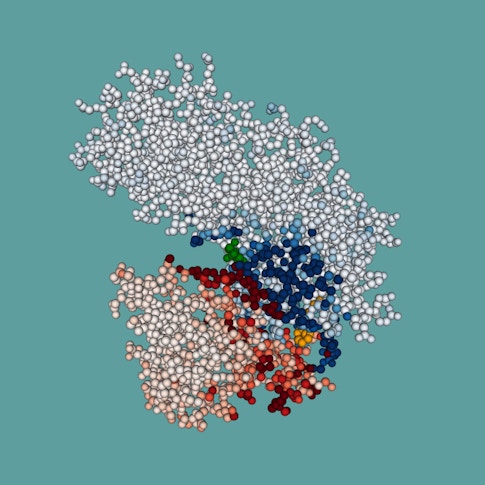Cracking the Glass Problem

Glass has served humankind for millennia and is used in everything from windows to dishes to cell phones and high-speed internet cables. This ubiquitous material is so common that the fact that it is also something of a scientific mystery is surprising. Why don’t we have a handle on glass yet?
The Simons Collaboration on Cracking the Glass Problem seeks to understand why glass behaves in all the myriad ways it does — rigidly at some temperatures and as a liquid at others — and how its properties might be engineered for everything from building materials to medical devices.
Household window glass is an amorphous solid, meaning it does not have a crystal structure and it exhibits certain property changes when its temperature is raised or lowered. But when collaboration researchers talk about glass, they are referring not only to this familiar silicon dioxide type but also to a host of other materials with two of the same properties: an amorphous structure and a transitional temperature at which its brittle structure becomes pliable and viscous. Non-silicate glasses include, for example, metals that have been heated and then supercooled to prevent them from forming crystals; plastics; the granular materials in between plates at an earthquake fault; and even many biological tissues. All are fair game for the collaboration.


